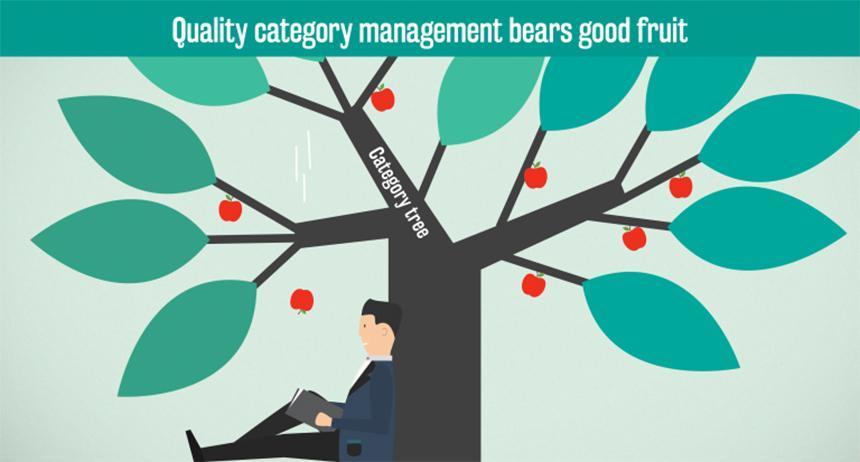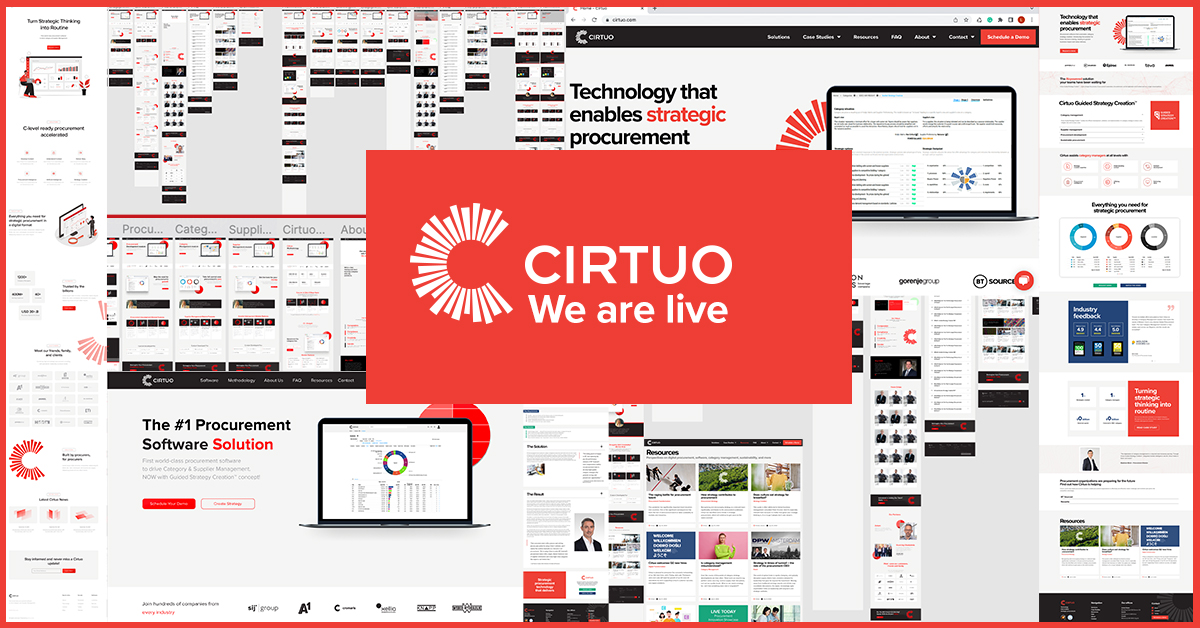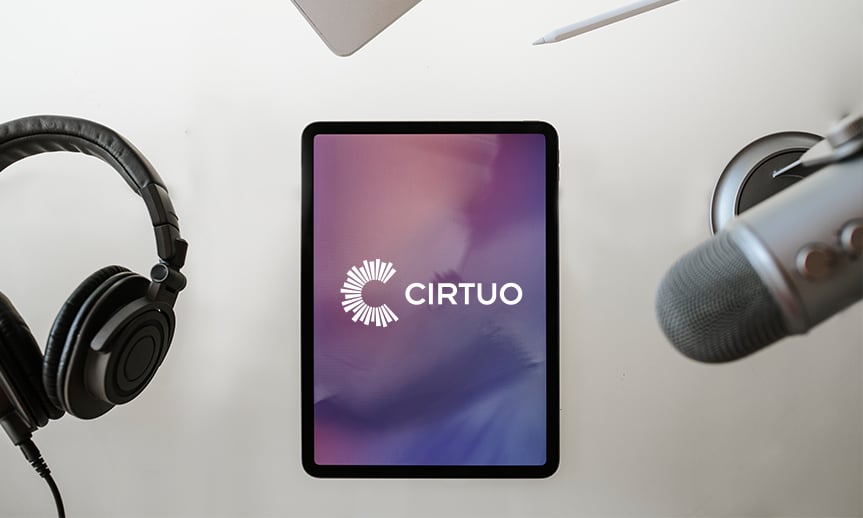For years now, company buyers and their suppliers end every business year with a traditional dance. Almost in a folklore-like manner, buyers repeatedly dance through their negotiations in a similar way, usually with nearly the same suppliers, agreeing to nearly the same conditions year after year. It was relatively easy to generate savings while the global markets were under the influence of the price-dropping trends, like in the period 2011-2016. The problems began when the prices started to increase.
In January 2016, the prices of metals and other commodities started to increase, which was the first warning sign that the price-drop era is about to end. Nowadays it is no longer easy to beat the market. It is high time for buyers to change their paradigm. A clever way to respond to these pressures would be to apply a strategic approach, which includes using category management to discover new levers and find new sources of savings.
Strategic approach can be reduced to 4 simple steps. Strategy creation begins by establishing a full control of entire procurement spend, which means obtaining a comprehensive overview of most important categories and suppliers. Only when all relevant data is collected, it is possible to perform the whole-length analysis. After the analysis is conducted and a data-driven foundation for strategic activities is established, strategy for categories and suppliers will emerge. Finally, a good strategy needs to be translated into a set of clear initiatives which help your procurement categories reach their intended goal. Sounds simple?
In reality it is simple once category managers shift their focus from everyday operations to category management framework, and their CPOs start acting as leaders and coaches who support them in achieving their goals.
Following the publications on digital future in business, many authors suggest that soon we should have more time for strategy development and implementation. Currently a lot of effort is being invested into transforming operational and tactical activities into digital format in all areas: marketing, sales, development, production, supply management.
If we observe this change from the procurement´s point of view, while digitalization is currently being conducted, that still remains on operational and tactical level. Harvesting the benefits of digital transformation will be possible only if strategic transformation follows their lead.
Future operational and tactical procurement are likely to include robots conducting different activities with the help of artificial intelligence. That would mean automated Internet auctions, SRM systems, and online catalogues that communicate with each other, as well as robots who compare prices, analyze the market and get the most efficient results possible. More and more companies seek out and employ artificial intelligence experts.





